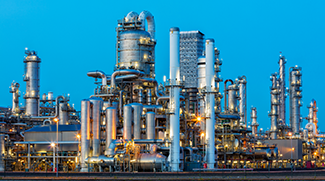The near completion of the 900-kilometre Ichthys liquefied natural gas pipeline to Darwin, along with completion of the Gorgon and Wheatstone pipelines, will see many engineers in the oil and gas industry move from construction to inspection and monitoring.
World-renowned pipeline expert, Professor David White FIEAust, said the task now facing owners of these big pipelines is looking after their integrity, seeing how they behave on the seabed, and comparing performance to the design envelope.
“Other industry shifts include the rise of floating liquefied natural gas (FLNG) technology and determining how best to decommission pipelines and subsea facilities as they reach the end of their productive lives.”
Floating liquefied natural gas technology is also changing things
“Pipeline engineering design work now includes the pipelines you need for FLNG, which are shorter, with maybe a more onerous operating life due to the close coupling between the wells and the facilities”, Professor White said.
To help Australia’s pipeline engineers informed of international standards and best practice, Engineering Education Australia has partnered with the American Society of Mechanical Engineers (ASME) to deliver a course on international best practice pipeline engineering.
The ASME B31.3 Process Piping Code course is ideal for engineers and managers involved in the design, manufacturing, fabrication, examination and testing of process piping that is built to the requirements of US codes and standards, such as those in the oil and gas industry.
